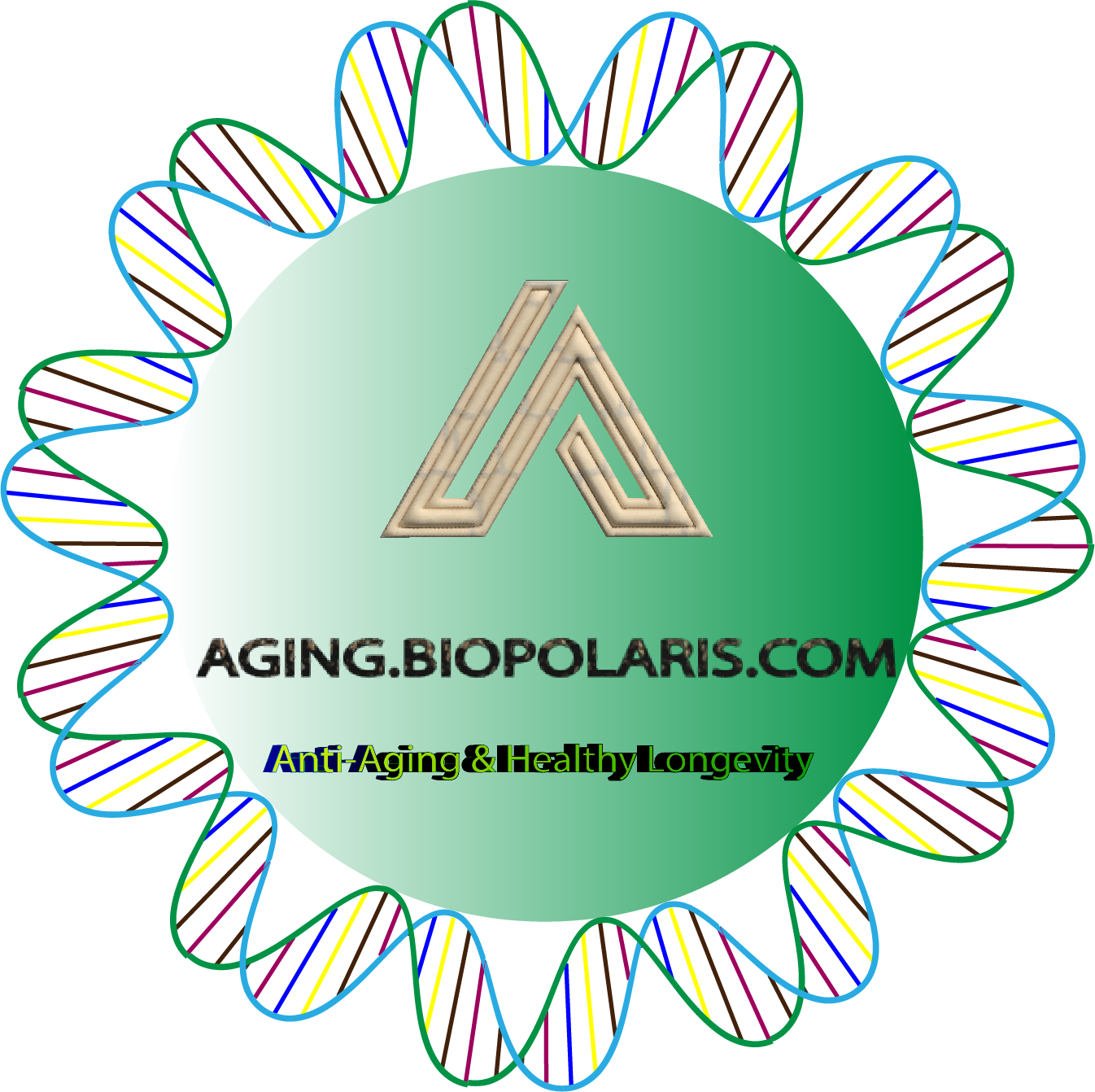Aggregator
Range extender mediates long-distance enhancer activity
Energy–speed relationship of quantum particles challenges Bohmian mechanics
Trade-offs in aviation impacts on climate favour non-CO<sub>2</sub> mitigation
Mapping and engineering RNA-driven architecture of the multiphase nucleolus
The Somatic Mosaicism across Human Tissues Network
The mutagenic forces shaping the genomes of lung cancer in never smokers
Whole-genome ancestry of an Old Kingdom Egyptian
A mouse brain stereotaxic topographic atlas with isotropic 1-μm resolution
Plants monitor the integrity of their barrier by sensing gas diffusion
Functional amyloid proteins confer defence against predatory bacteria
Mapping the adaptive landscape of Batesian mimicry using 3D-printed stimuli
Stereodivergent transformation of a natural polyester to enantiopure PHAs
Boron-mediated modular assembly of tetrasubstituted alkenes
Massive submarine eruption darkened clouds half a world away
3D-printed fake wasps help explain bad animal mimicry
Three tips for talking to a vaccine sceptic
Ancient DNA helps trace stinky Roman fish sauce to its source
AI ‘scientists’ joined these research teams: here’s what happened
Exclusive: Famed protein structure competition nears end as NIH grant money runs out
Agency silent on funding renewal for contest that inspired creation of AIs that predicted how proteins would fold
A PKCeta missense mutation enhances Golgi-localized signaling and is associated with recessively inherited familial Alzheimer's disease
The identification of Alzheimer's disease (AD)-associated genomic variants has provided powerful insight into disease etiology. Genome-wide association studies (GWASs) of AD have successfully identified previously unidentified targets but have almost exclusively used additive genetic models. Here, we performed a family-based GWAS of a recessive inheritance model using whole-genome sequencing from families affected by AD. We found an association between AD risk and the variant rs7161410, which is...
